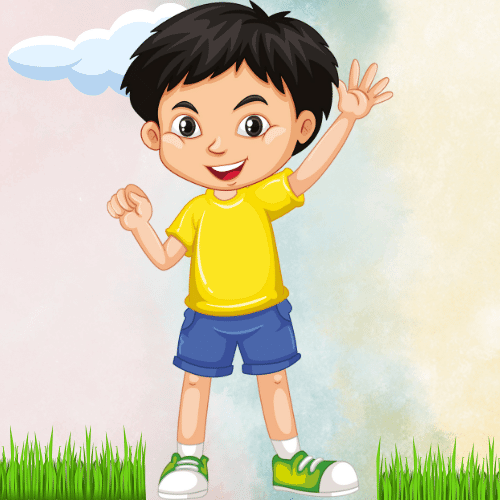Hindi Notes for Chapter 6 Humse Sab Kahte Class 3 - FREE PDF Download
FAQs on Humse Sab Kahte Class 3 Hindi Chapter 6 CBSE Notes - 2025-26
1. What message is being portrayed in the poem humse sab kahte?
The class 3 Chapter 6 Poem Humse Sab Kahte describes the sadness of a child for being scolded by the elders of his house whenever he tries to do something.
2. Is reading Humse Sab Kahte revision notes important?
The main objective of the revision notes for Class 3 Chapter 6 Hindi poem is to help students develop a good idea about the chapter and what the poem is trying to convey. Students will be able to understand the poem in great detail after studying the notes.
3. Can I prepare for my exams using these notes?
Yes, preparing for the exams using these revision notes from Vedantu is really easy. All you have to do is refer to the concepts in the chapter and solve all the questions to complete your syllabus.











